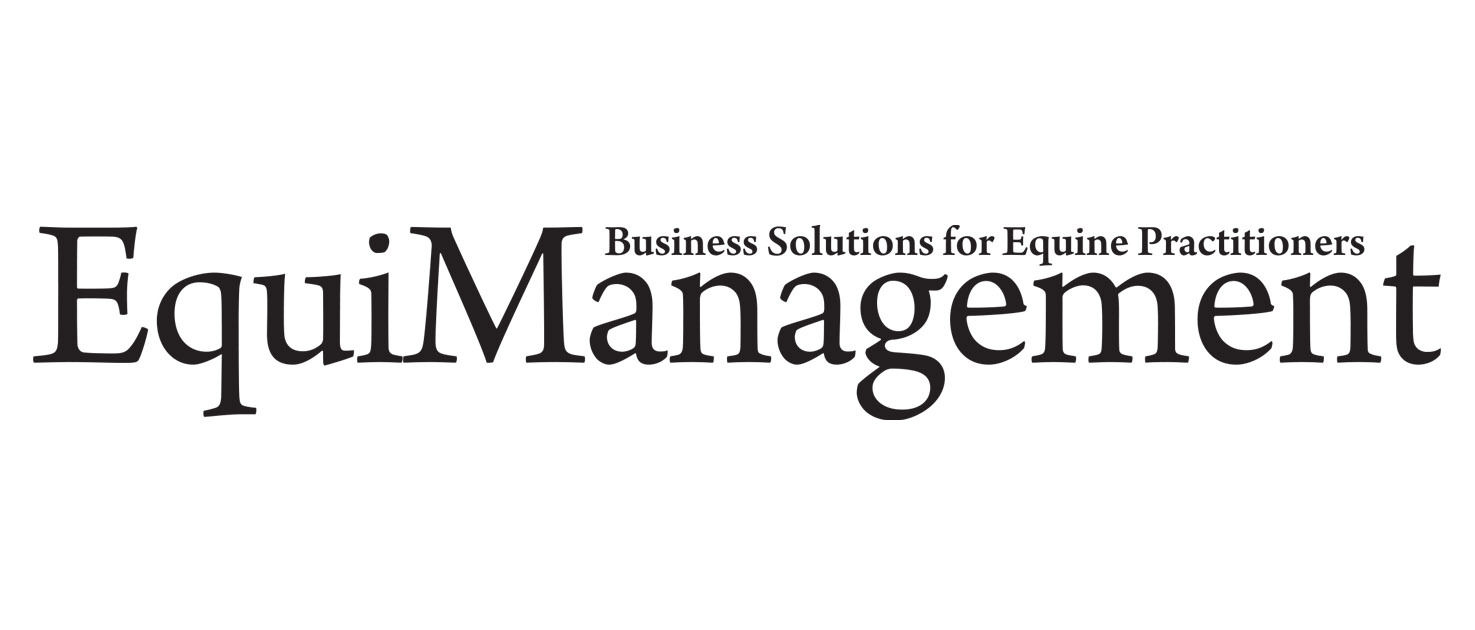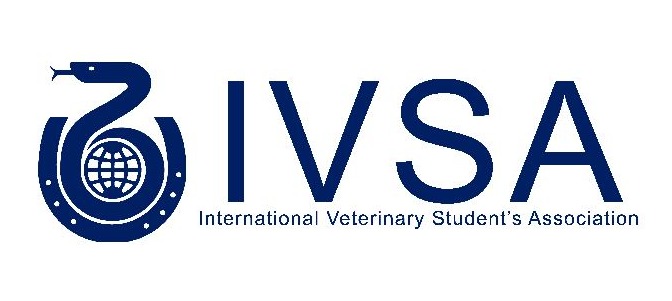Session 2: Beyond Thoracic FAST - Lung & Pleural Space Point-of-Care Ultrasound
Species
Small Animal
Contact Hours
2 hours
Early Booking Deadline
Thu, 01 January, 1970
Registration Deadline
Thu, 01 January, 1970
Language
English
Discipline
Diagnostic Imaging
Emergency & Critical Care
Internal Medicine – Endocrinology, Haematology, Infectious Diseases, Parasitology & Oncology
Industry Partners
Global

Veterinary Partners
Global


Online Lectures – Session 2: Beyond Thoracic FAST – Lung & Pleural Space Point-of-Care Ultrasound (Recorded December 2020)
Part of the Online Lecture Series on Point-of-Care UltrasoundRapid practical Ultrasound for everyday General & Emergency Medicine
CONTENT DESCRIPTION
Point-of-Care Ultrasound Wetlabs will be offered in Europe & USA in 2022*
Date confirmed for the USA: Sat 21st May 2022
Date confirmed for Europe (Switzerland): Fri 10th Jun 2022 - Sat 11th Jun 2022
To join the waiting list, please contact the office at info@vetpd.com.
WEBINAR CONTENT
Lecture 1 (60min): Point-of-Care Ultrasound in Small Animal Practice Made Easy: How to ultrasound the Pleural Space & Lung
Ever struggle with determining the cause of dyspnea in a cat that is too unstable to take radiographs or draw blood for ProBNP levels (cardiac, respiratory, pleural effusion)? Ever debate if you should discontinue IV fluids in the patient with mild tachypnea? Have you ever felt frustration at not finding a cause for patients presenting for “ain’t doing right” with no specific clinical signs? Point-of-care ultrasound (POCUS) can help you manage these patients! Using a binary approach to ask the right question at the right time makes learning and applying pleural space and lung ultrasound easy! POCUS techniques are rapid, easy-to-learn and practical ultrasound skills that ANY practitioner can apply in everyday practice. This interactive, banter filled co-lecture (by an internist and a criticalist that rarely agree on anything) will cover the core principles to understand and interpret sonographic findings of the pleural space and lung. Following a binary approach, the key principles of the bat sign, gator sign, glide sign, A lines, B lines, lung pulse, and curtain sign, dry lung and wet lung will be covered: These are all things that can be used by general practitioners in everyday practice. If you own an ultrasound machine, there is no excuse to not apply these principles on a daily basis!
OBJECTIVES:
- Describe the key anatomic structures that are essential to performing pleural space and lung ultrasound
- Identify the pleural line and determine the presence or absence of a glide sign
- Explain the normal findings of the bat sign, gator sign, A lines, B lines, lung pulse and curtain sign
- Discuss the advantages of using a binary approach to identifying pathology with point-of-care ultrasound
- Explain the limitations of pleural space and lung point-of-care ultrasound
Lecture 2 (60min): Point-of-Care Ultrasound in Small Animal Practice Made Easy: Paradigm shifts in diagnosing Pneumothorax, Pleural Effusion & Lung Pathology.
Recent studies have demonstrated very poor to moderate agreement between Thoracic Focused Assessment with Sonography for Trauma (Thoracic FAST) protocols and CT scans when it comes to diagnosis pleural effusion and pneumothorax, and to some extent, lung pathology. This should not be the case! Using a binary approach, assessing the patient and asking the right clinical question based on clinical findings increases diagnostic accuracy, and makes point-of-care ultrasound rapid and easy to learn! This lecture, which will again be a banter filled co-lecture by a small animal internist (always has 100 diagnoses for every problem) and a small animal criticalist (rarely believes the internist is correct), will focus on a practical approach to point-of-care ultrasound that considers clinical findings and challenges current protocols by asking the question; “where will pathology accumulate” and subsequently, “what should we be sonographically looking for to answer binary, relevant, rapid, clinical, and often lifesaving questions”. Don’t simply put the probe on the patient or expect a “one protocol fits all” approach to be applicable to all situations; ask the right question and know how to modify protocols to increase the chance of success with pleural space and lung pathology!
OBJECTIVES:
- Explain why ultrasound protocols should be modified based on patient positioning and the pathology suspected
- Explain recent modifications to point-of-care pleural space ultrasound techniques designed to maximize diagnostic accuracy of pneumothorax
- Describe newer approaches to pleural space ultrasound designed to maximize diagnostic sensitivity for pleural effusion
- Explain the advantage of turning the probe parallel to the ribs vs. keeping it perpendicular to the ribs
- Explain the sail sign and ski slope sign in relation to positive and negative findings of pleural effusion
- Describe how to find lung borders to maximize the chances of finding pleural space pathology based on patient positioning
- Explain the difference and be able to identify wet lung vs. dry lung using ultrasound
Born and raised in Montreal, Dr. Chalhoub completed a Bsc. In Honours Biology at Bishop's University in Lennoxville, QC. He was then admitted to the Faculté de médecine vétérinaire at the Université de Montréal and completed his DVM and internship at this university. Dr. Chalhoub then practiced in Montreal as an emergency doctor for two years at the DMV Centre before moving to New York City to pursue a residency in small animal internal medicine at the Animal Medical Center. Once completed, he became their first ever nephrology/urology fellow and was trained in advanced urinary procedures, dialysis, and interventional medicine. After being a staff doctor and supervising students, interns, and residents for a year, he moved to Charleston, SC where he continued to be an internal medicine clinician.
Since July 2012, Dr. Chalhoub has been an instructor at the University of Calgary’s Faculty of Veterinary Medicine in the Department of Veterinary Clinical and Diagnostic Service. His clinical home is C.A.R.E. Centre Animal hospital where he practices internal medicine. He was the recipient of the 2013 Canadian Veterinary Medical Association’s Teacher of the Year Award and the 2015 University of Calgary Team Teacher of the Year Award along with Dr. Søren Boysen. Dr. Chalhoub has been extensively involved in communication and professional skills at the UCVM.
He is the co-coordinator of the UCVM-CUPS Pet Health Clinics for disadvantaged Calgarians, which promotes 3rd year DVM students practicing their professional skills and wellness exams with the pets of the tenants of the Calgary Urban Project Society. Dr. Chalhoub is also the Chair, of the UCVM-DVTH Internship Program.
Dr. Chalhoub teaches Internal Medicine and is extensively involved in communication and professional skills at the UCVM.
Dr Boysen graduated from the Western College of Veterinary Medicine (WCVM), Saskatoon, Saskatchewan in 1996, worked in private practice for a year and then completed an internship at the Atlantic Veterinary College in Prince Edward Island. He spent a year as an emergency clinician in Chicago before completing a residency in small animal emergency/critical care at Tufts University in Massachusetts. He became a diplomate of the American College of Veterinary Emergency and Critical care in 2003 and worked at the University of Montreal veterinary teaching hospital from October 2003 to December 2008.
Dr. Søren Boysen joined UCVM in January 2009. He is a Professor in small animal emergency and critical care in the Department of Veterinary Clinical and Diagnostic Sciences. His clinical home is predominantly based out of Western Veterinary Specialist and Emergency Centre, although he also contributes to student teaching and case consultation at the CARE Centre. He is actively involved in both the American and European veterinary emergency and critical care societies, as well as the Veterinary trauma initiative, serving on several committees for these organizations.
He is an internationally recognized lecturer, speaking at numerous international conferences around the world. Although he is happy to speak on any small animal emergency and critical care topic his true passion lies within emergency point of care ultrasound, perfusions, hemorrhage and shock.
Dr. Boysen is also heavily integrated in teaching and learning within the UCVM program, teaching across all 4 years of the undergraduate program, as well as working with the interns and being a member of the Teaching Academy for the University of Calgary. He has received several teaching awards over the years for his contribution to higher education within the veterinary curriculum.
Veterinary Student
Webinar
USD 35.00
Qualified Vet
Webinar
USD 155.00
Intern/Resident (Requires proof of status)
Webinar
USD 115.00
Vet Nurse/Vet Tech (Requires proof of status)
Webinar
USD 115.00
If the options you are looking for are unavailable, please contact us.
No tax will be added unless you are a UK taxpayer
Choose currency at checkout
















